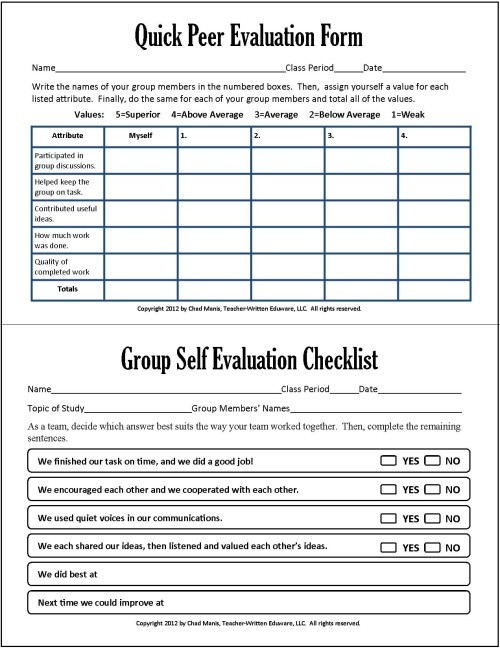How to Evaluate Company Ways to Evaluate a Company
Post on: 16 Март, 2015 No Comment

Most Searched
How to Evaluate Company
For any company, the ability to meet its short-term and long-term financial goals is an essential factor in maintaining its operations and ensuring future growth. A company evaluation at regular time intervals helps to check its financial health, its capital structure and its potential to attract investors.
How to Evaluate Company :
You can also evaluate company by assessing its capital structure and its potential to attract stock investors. A strong balance sheet is one of the most important things that stock investors consider before investing in the companys stock. A balance sheets strength can be measured in three categories:
- Working capital adequacy
- Capital structure
- Asset performance
This article will show you how to evaluate company by evaluating its balance sheet based on its capital structure. A companys capitalization is composed of its long-term capital, which is a combination of equity and debt. A healthy proportion of equity capital, instead of debt capital, indicates good financial health.
Debt-equity relationship
- The equity part of the debt-equity relationship consists of the companys stock and retained earnings. This long-term capital and debt supports the companys growth and its assets.
- The debt part is often misunderstood by people as they take it that it means liabilities. However, investors should understand that operational and debt liabilities are two different things when they evaluate company.
- They should understand that debt comprises short-term borrowings, long-term debt, two-thirds of principal amounts of the operating lease, current portion of the long-term debt, and redeemable preferred stock.
- There is no optimal debt-equity relationship. It varies depending on the companies line of business, the industry involved and the companys development stage.
- However, it is generally seen that investors prefer companies having a lower percentage of debt than equity.

Capital ratios
You can make use of three different ratios to evaluate company and measure its financial strength. Two of the ratios viz. debt and debt-equity ratios are very common measurements. The third one, capitalization ratio, gives a proper insight in evaluating the companys capital structure.
- Debt ratio helps in comparing total assets and total liabilities. If you have more liabilities it means you have lesser equity and therefore an increased leverage position.
- Debt-equity ratio compares total liabilities to the total equity of shareholders.
- The capitalization ratio compares the debt portion of the companys capital structure and the equity part and is expressed in percentage terms. While evaluating company, keep in mind that a lower percentage means a healthy equity and is more desirable.
Testing the strength of the balance sheet
- The balance sheet of a company reflects exactly what a company owns and what it owes to others, making it a very important thing to be considered for stock investment.
- It can be evaluated in three broad categories namely asset performance, working capital adequacy and the capitalization structure.
Cash Conversion Cycle (CCC)
- This measures the adequacy of the companys working capital position and is as important as measuring the companys ability to manage its two important assets, inventory and accounts receivable, efficiently.
- CCC measures the time it takes to collect on sales and the time required to turn the inventory. A shorter cycle is considered better.
- CCC is influenced by the type of service or product the company is providing and also the industry characteristics.
- Investors can track the CCC over the long-term and then compare it with that of its competitors.
- Consistent or decreased values are a positive sign whereas erratic or increased inventory levels are not considered good.
- It is calculated as follows:
CCC = DIO + DSO – DPO
Where DIO stands for Days Inventory Outstanding,
DSO stands for Days Sales Outstanding,
and DPO stands for Days Payable Outstanding
Fixed Asset Turnover Ratio
- The fixed assets of a company comprise plant and equipment and the property. It is the single largest component of the companys total assets.
- Fixed assets largely depend on the line of business as some businesses are more capital intensive than the others and therefore the fixed asset turnover ratio will also vary from company to company.
- Comparing this ratio in the long run with that of competitors can help investors evaluate company and give them a very good idea about the effectiveness of the companys management in using these important assets.
- It roughly measures the productivity of the fixed assets of the company with regard to sales.
- It is calculated as follows:
Fixed Asset Turnover ratio = Net Sales / Average Fixed Assets
Return on Assets Ratio
- It is a profitability ratio showing how much a company earns on its total assets.
- The ratio is expressed in percentages and a higher percentage indicates well-managed assets.
- Again, it should be noted that the ratio will give a clearer picture when it is observed in the long term and compared with the competitors values.
Impact of Intangible Assets
- Intangible assets can be categorized into intellectual property, deferred charges, and purchased goodwill.
- Investors should look at the amounts of purchased goodwill in the companys balance sheet when evaluating company.
- Analysts often deduct the purchased goodwill amount from the value of shareholders equity to get the companys tangible net worth.
- If the deduction of purchased goodwill impacts the companys equity position in a negative way then it is a matter of concern for the investors.
- The size of purchased goodwill should be compared with the shareholders equity and the success rate of the company in terms if acquisitions.
- Evaluating a company on this basis is a judgment call and needs to be considered carefully.














